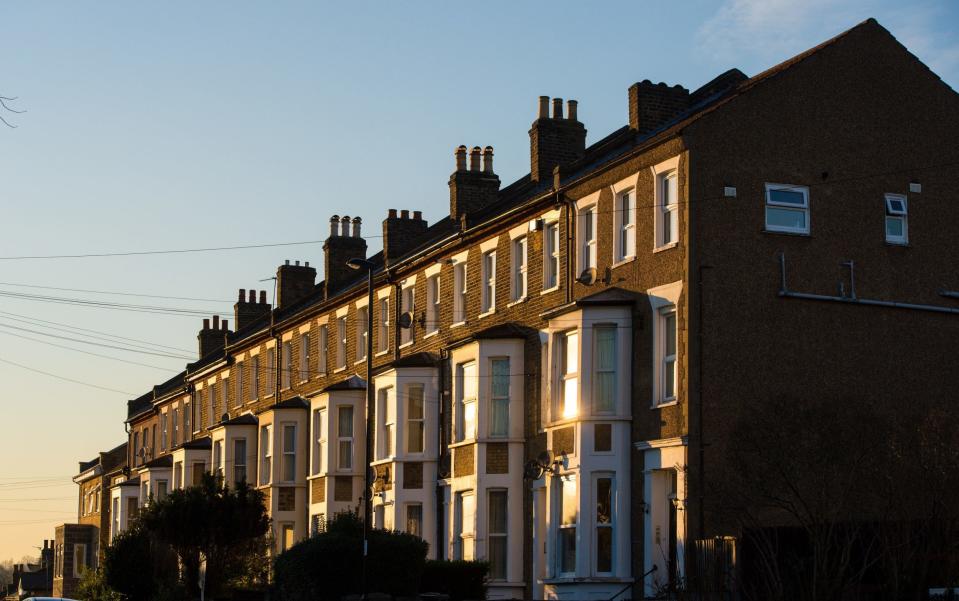Homeowners hit by 56pc jump in mortgage interest costs

Homeowners are the worst affected by the cost of living crisis after mortgage interest costs jumped by 56pc in the past year, the Office for National Statistics (ONS) has found.
In a new set of figures aimed at reflecting the “lived experience” of the cost of living crisis, the ONS discovered that mortgagors are facing a 9.3pc inflation rate – compared to 7.2pc for renters and 8.2pc across households overall.
This is far higher than the official inflation rate of 6.7pc, which signals that the cost pressures facing families are more severe – and possibly more persistent – than previously indicated.
The usual CPI measure of inflation includes costs charged to consumers, whereas the new measure – called the “Household Costs Index” – includes factors such as mortgage payments and student loans.
The new ONS figures show that mortgage interest payments have typically risen by 56pc for the average borrower over the past year.
This jumps to 87pc when compared with December 2021, when the Bank of England first raised interest rates from a pandemic-era low of 0.1pc.
One in every three mortgage borrowers said their monthly payments have gone up in the past year, the ONS found, while a similar proportion said they were struggling with affordability.
The impact on homeowners marks a change from last year when the cost of living squeeze was toughest for those on low incomes and pensioners because of spiralling energy bills.
However, as the gas crisis has eased across Europe, increasing pressure has since been piled on borrowers due to the mortgage crunch.
Not all mortgage borrowers have yet been affected, as those on longer-term fixed-rate loans are still waiting to remortgage.
The ONS also found households are spending an extra £5.1bn per quarter on food compared to late 2021, but are receiving almost 6pc less for their money.
“The implication is that households increasingly changed their behaviour, consuming less food or switching to food of lower quality, while spending more in cash terms,” the ONS said.

 Yahoo Finance
Yahoo Finance 